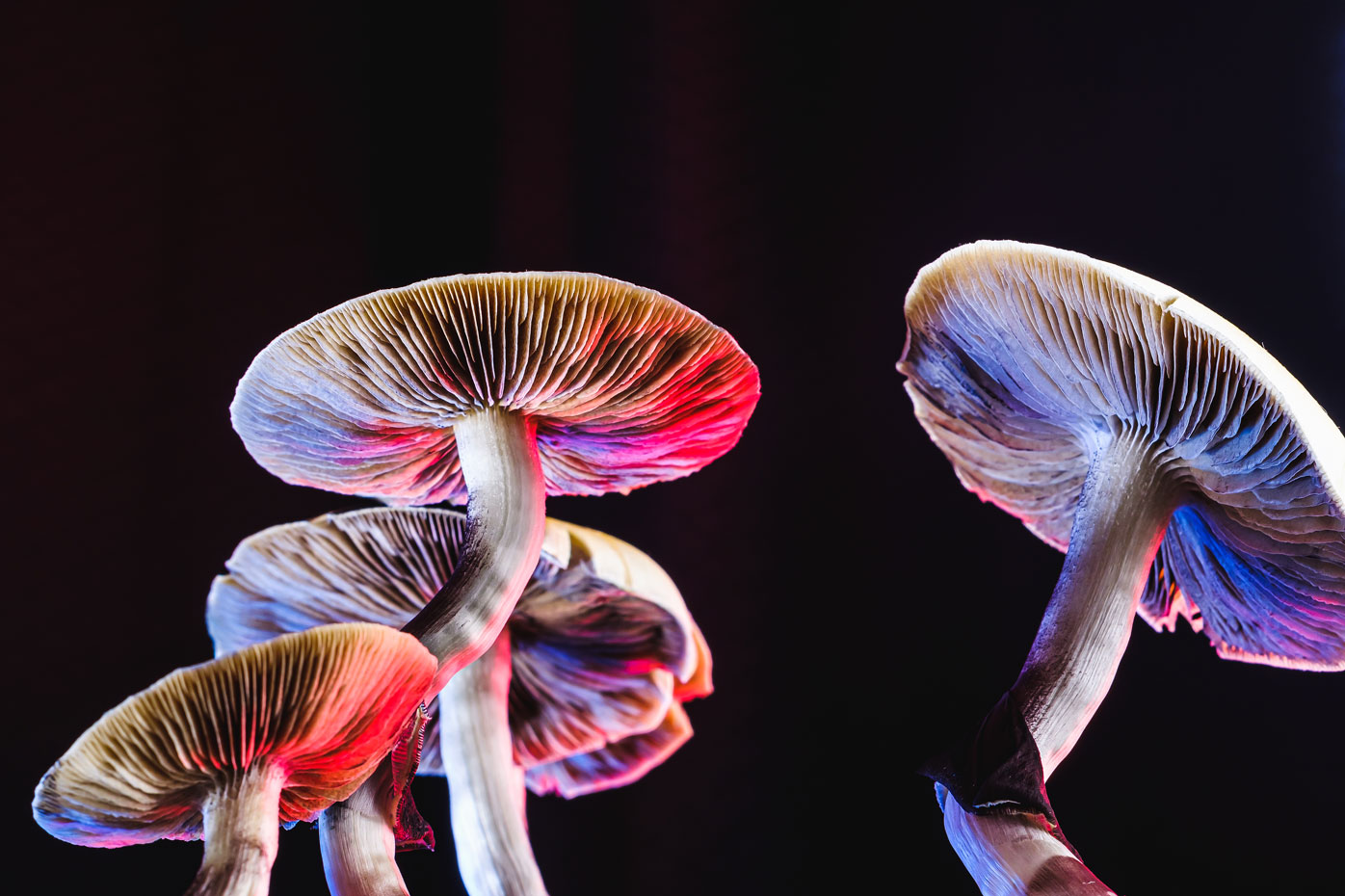All About Psychotomimetic Compounds: Their Function in Psychological Research
Psychotomimetic compounds, such as LSD and psilocybin, have amassed boosting interest in psychological research study for their ability to duplicate psychotic signs and symptoms and offer insight right into numerous mental wellness problems. Their communications within the mind, especially with serotonin and dopamine pathways, suggest a complicated partnership in between consciousness and neurobiology that may open unique healing avenues. As scientists proceed to explore their prospective applications, honest factors to consider bordering their usage in scientific settings come to be paramount, raising vital concerns concerning safety and security and informed consent that require further exploration.
Meaning of Psychotomimetic Compounds
In the realm of psychological study, psychotomimetic compounds are compounds that can cause results resembling those of psychosis, such as hallucinations, deceptions, and modified understandings of reality - About Golden Psycho. These compounds can be categorized right into numerous groups, including hallucinogens, dissociatives, and particular energizers, each producing unique emotional results
The pharmacological activity of psychotomimetic compounds often entails inflection of neurotransmitter systems, especially those pertaining to serotonin, dopamine, and glutamate. For example, materials like lysergic acid diethylamide (LSD) largely act on serotonin receptors, leading to extensive modifications in sensory perception and cognition.
The utility of psychotomimetics in study depends on their capability to simulate psychotic symptoms, giving a model for recognizing the hidden devices of psychotic problems such as schizophrenia. By examining the results of these substances, scientists can acquire insights right into the neurobiological and mental procedures that contribute to psychosis.
Additionally, psychotomimetic substances have actually been explored for their healing capacity in dealing with various mental health and wellness conditions, consisting of anxiety and anxiousness, highlighting their double function in both research study and potential medical applications.
Historical Advancement and Context
The exploration of psychotomimetic compounds has a rich historic context that goes back to old human beings, where materials such as psilocybin mushrooms and peyote were utilized in spiritual and healing methods. These early uses commonly intertwined with spiritual rituals, recommending an extensive reverence for the altered states of consciousness caused by these substances.
The mid-20th century marked a significant juncture in the research study of psychotomimetic materials, particularly with the synthesis of LSD by Albert Hofmann in 1938. The subsequent popularization of LSD in the 1960s catalyzed a wave of passion in both its psychological results and potential healing applications. Researchers started to examine how these substances could simulate psychotic states, providing understandings right into mental disorder.
However, the boosting association of psychotomimetics with counterculture movements resulted in regulative reaction, culminating in the criminalization of a lot of these substances. In spite of these challenges, the rebirth of interest in the therapeutic capacity of psychedelics in the 21st century has actually motivated renewed research study. This historical trajectory underscores the evolving understanding of psychotomimetic substances, changing from sacred materials to subjects of scientific inquiry and, potentially, healing assurance.
Devices of Action
Understanding the mechanisms of action of psychotomimetic substances exposes the elaborate means these materials interact with the brain's neurochemistry. These substances largely exert their impacts through modulation of natural chemical systems, especially serotonin, dopamine, and glutamate. Numerous traditional psychedelics, such as psilocybin and LSD, mainly act as agonists at serotonin 5-HT2A receptors, leading to modified assumption and cognition. This communication not only influences sensory handling however also enhances psychological and reflective experiences.
In addition to serotonin, dopaminergic paths are significantly affected by substances like mescaline and certain cannabinoids, which can result in altered states of awareness and modifications in mood and motivation. Furthermore, the NMDA receptor incongruity observed with substances like ketamine highlights another pathway whereby psychotomimetics might induce dissociative states and extensive modifications in thought procedures.
The neurochemical waterfalls started by these interactions result in complicated and multifaceted emotional results. Comprehending these systems is vital for both the development of mental research and the healing potential of psychotomimetic compounds, as they supply understandings into the underlying neural correlates of transformed states of consciousness.
Current Study and Applications
Current examinations right into psychotomimetic substances have actually exposed a revival of passion in their restorative applications, especially in the fields of psychiatry and psychology. Scientists have begun checking out compounds such as psilocybin, LSD, and ayahuasca for their possible to minimize symptoms connected with different psychological health conditions, including anxiety, anxiety, and PTSD.
Medical trials have actually shown that, when administered in controlled settings, these compounds can promote profound mental experiences, promoting emotional advancements and boosted restorative results. As an example, studies have shown that psilocybin-assisted treatment can cause substantial reductions in treatment-resistant clinical depression, with impacts lasting for several months post-treatment.
Additionally, psychotomimetic compounds are being assessed for their ability to promote neuroplasticity, possibly permitting even more reliable rewiring of maladaptive thought patterns. These findings suggest that such compounds might offer as adjuncts to conventional psychotherapeutic techniques, boosting the efficacy of therapeutic interventions.
As research progresses, the emphasis is changing towards recognizing the optimal dosages, restorative setups, and individual characteristics that can maximize the benefits of these compounds. This burgeoning area holds pledge for reinventing mental health treatment paradigms and attending to the limitations of standard psychiatric medications.
Honest Factors To Consider in Study

Navigating the honest landscape of research involving psychotomimetic substances is crucial to ensuring individual safety and security and the stability of research results. Researchers should focus on informed authorization, guaranteeing that participants fully understand the potential risks and check these guys out benefits related to the compounds being examined. This includes supplying comprehensive information about possible emotional impacts, including intense and lasting impacts, and enabling individuals the possibility to take out from the research any time scot-free.
Moreover, moral oversight by institutional review boards (IRBs) is important. IRBs evaluate study procedures to guard individual welfare and copyright ethical criteria. This examination aids reduce dangers and guarantees that research studies are conducted with clinical roughness. Additionally, the potential for coercion need to be carefully examined, particularly when at risk populaces are entailed.
Discretion their explanation is one more extremely important factor to consider. Researchers have to carry out robust steps to shield individuals' identities and data, especially provided the sensitive nature of experiences connected with psychotomimetic substances (About Golden Psycho). Ultimately, a dedication to moral techniques not only fosters count on between researchers and participants yet likewise improves the integrity and legitimacy of the research study results, contributing to the improvement of mental knowledge

Final Thought
In verdict, psychotomimetic substances, specifically timeless psychedelics such as LSD and psilocybin, deal considerable insights right into psychological problems with their one-of-a-kind mechanisms of activity. Their therapeutic potential in addressing problems like anxiousness and PTSD underscores the browse around these guys value of continued study in this area. Making sure ethical requirements in study methods is important for individual security and informed permission, enabling for an accountable expedition of these substances' benefits and ramifications within mental scientific research.